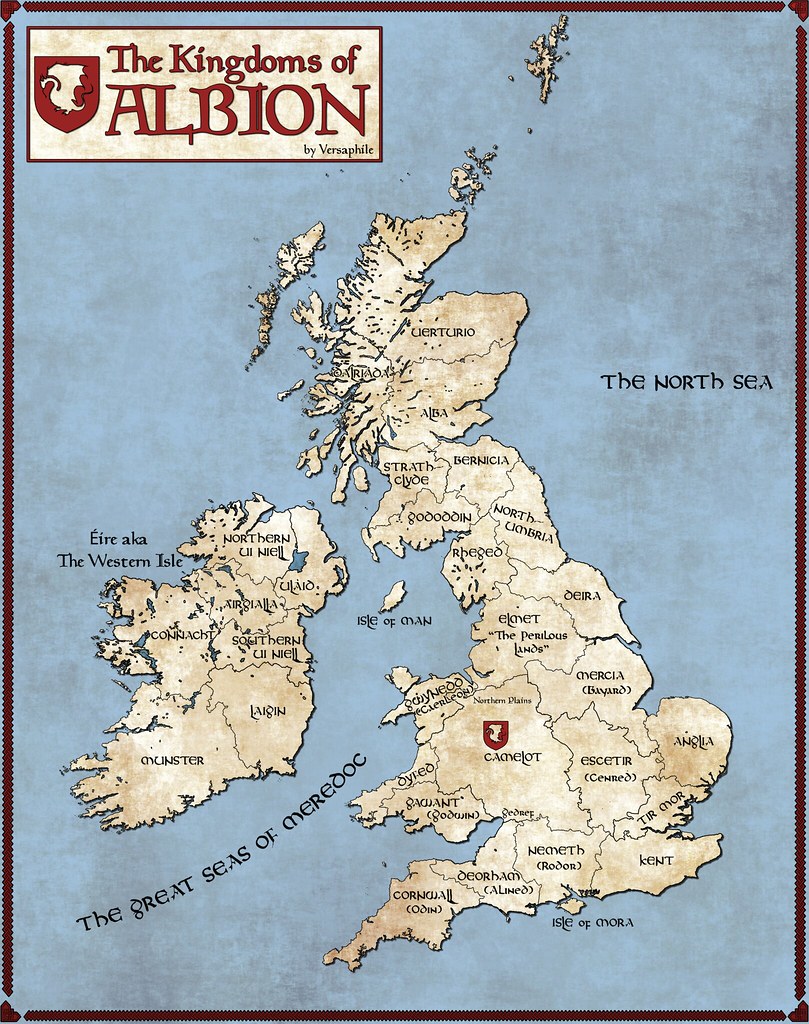Uruk was one of the most important cities (at one time, the most important) in ancient Mesopotamia. According to the Sumerian King List, it was founded by King Enmerkar c. 4500 BCE. Uruk is best known as the birthplace of writing c. 3200 BCE as well as for its architecture and other cultural innovations.
Located in the southern region of Sumer (modern day Warka, Iraq), Uruk was known in the Aramaic language as Erech which, it is believed, gave rise to the modern name for the country of Iraq, though another likely derivation is Al-Iraq, the Arabic name for the region of Babylonia. The city of Uruk is most famous for its great king Gilgamesh and the epic tale of his quest for immortality but also for a number of firsts in the development of civilization which occurred there.
It is considered the first true city in the world, the origin of writing, the first example of architectural work in stone and the building of great stone structures, the origin of the ziggurat, and the first city to develop the cylinder seal which the ancient Mesopotamians used to designate personal property or as a signature on documents. Considering the importance the cylinder seal had for the people of the time, and that it stood for one's personal identity and reputation, Uruk could also be credited as the city which first recognized the importance of the individual in the collective community.
...
The Uruk Period
The Ubaid Period (c. 5000-4100 BCE) when the so-called Ubaid people first inhabited the region of Sumer is followed by the Uruk Period (4100-2900 BCE) during which time cities began to develop across Mesopotamia and Uruk became the most influential. The Uruk Period is divided into 8 phases from the oldest, through its prominence, and into its decline based upon the levels of the ruins excavated and the history which the artifacts found there reveal. The city was most influential between 4100-c.3000 BCE when Uruk was the largest urban center and the hub of trade and administration.
WorldHistory.org has such a cool website, for anyone that hasn't been there before. The timelines they show on the side are pretty great too, since you can just keep clicking and following them down whatever rabbit hole you find interesting. All of the above is copy/pasted from the linked article, it's definitely worth perusing if you ask me.



Let him wait as long as he wants to wait. In detention though.